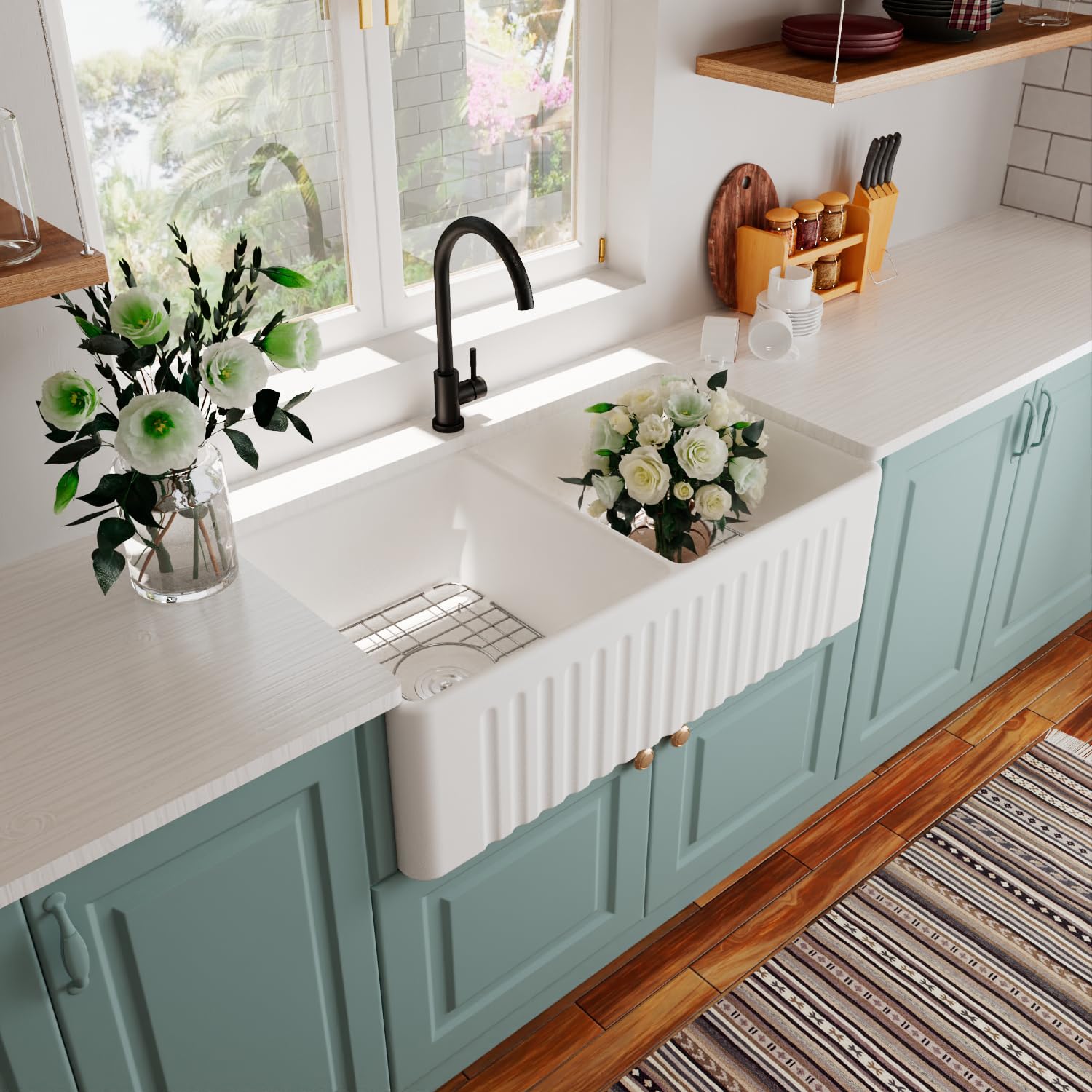How to Repair a kitchen sink leaking at drain? A leaking kitchen sink drain can cause inconvenience and potential damage if not addressed promptly. Understanding how to repair a leaking drain can save you time, money, and the hassle of dealing with water damage. In this comprehensive guide, we will provide step-by-step instructions to help you repair a leaking kitchen sink drain. By following these guidelines, you can successfully fix the issue and restore the functionality of your sink.
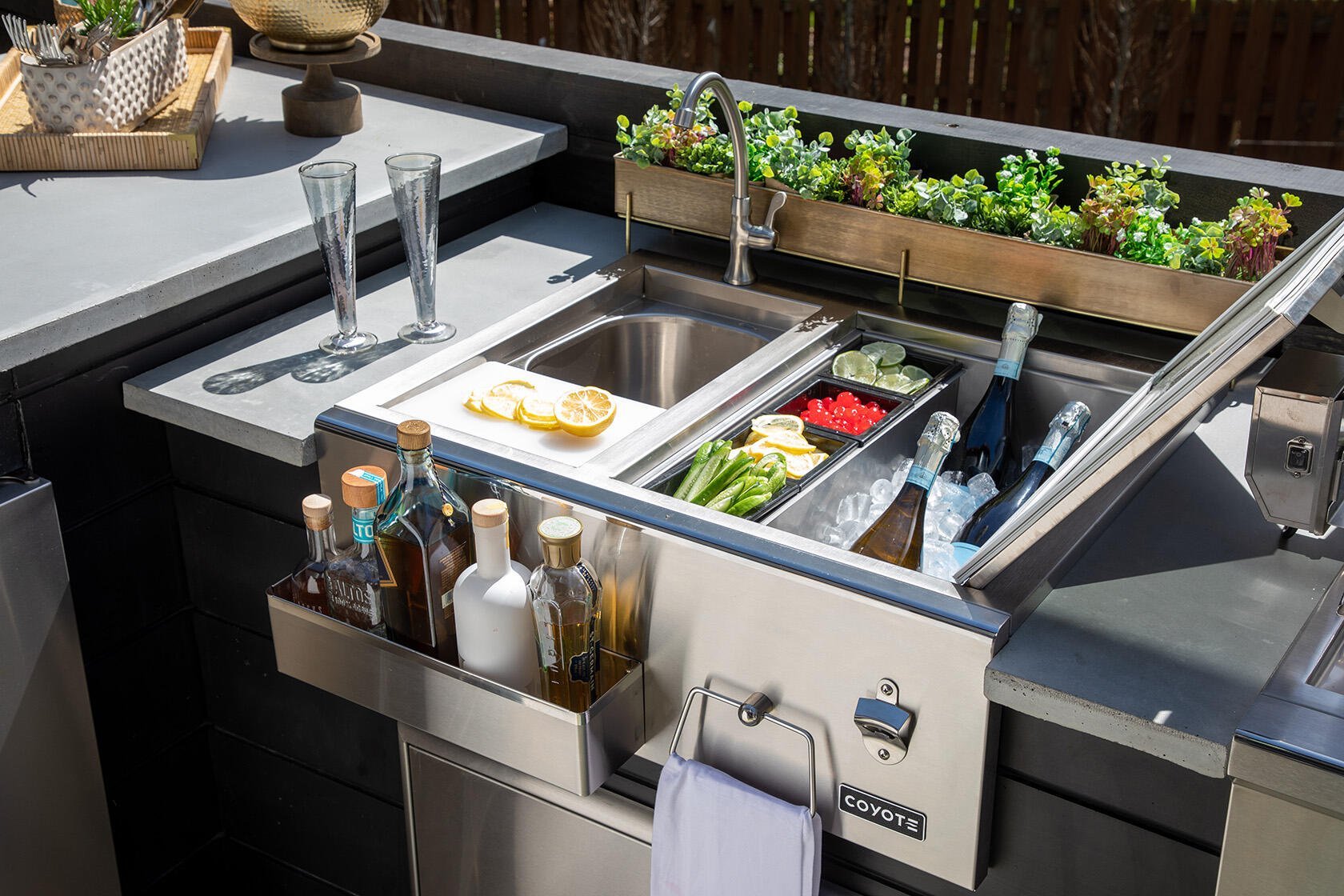
Note:
It’s important to exercise caution when working with plumbing. If you are unsure about any step or if the issue is beyond your expertise, it is recommended to consult a professional plumber.
Materials Needed:
- Adjustable wrench or pliers
- Slip-joint pliers
- Plumber’s tape (Teflon tape)
- Pipe joint compound or plumber’s putty
- Replacement drain parts (if necessary)
Shut Off the Water Supply:
Before attempting any repairs, it is crucial to turn off the water supply to the kitchen sink. Locate the shut-off valves below the kitchen sink or shut off the main water supply to your home. Turn on the faucet to release any remaining water in the sink and drain the pipes.
Remove the Drain Pipe:
To access the leaking drain, you will need to remove the drain pipe. Follow these steps:
- Place a bucket or towel beneath the sink to catch any water or debris that may drip during the repair process.
- Use an adjustable wrench or pliers to loosen and remove the slip nut connecting the drain pipe to the trap assembly. Detach the drain pipe and set it aside.
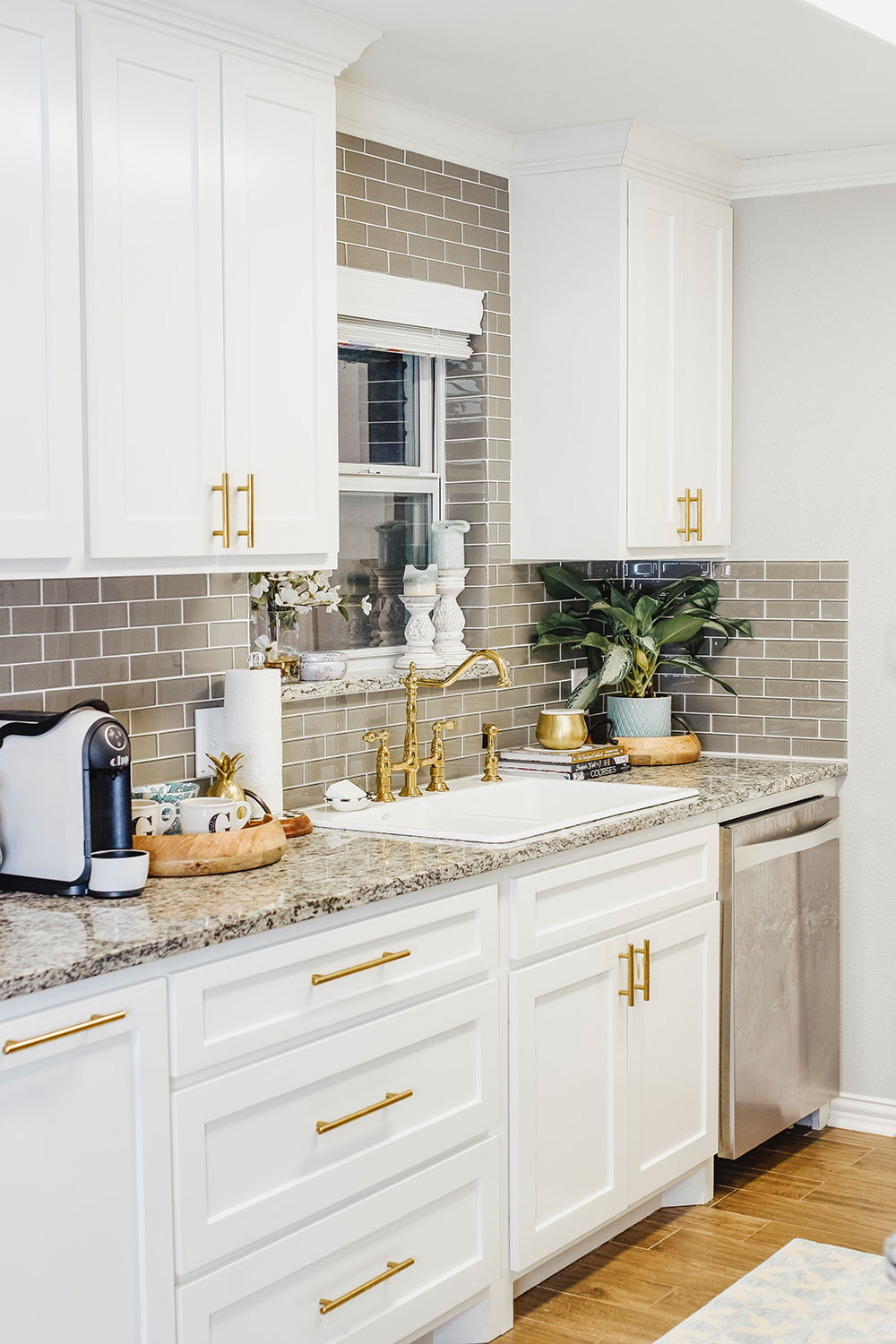
Inspect and Clean the Drain Components:
Inspect the drain components, including the drain flange, gasket, and drain opening, for any signs of damage, wear, or corrosion. Clean these components thoroughly to ensure a proper seal for the repair.
Replace or Repair Damaged Parts:
If any of the drain components are damaged, worn out, or have deteriorated gaskets, replace them accordingly. Consult the manufacturer’s instructions for your specific kitchen sink faucet model or seek advice from a plumbing professional for proper replacement parts.
Apply Plumber’s Tape and Pipe Joint Compound:
To ensure a watertight seal, apply plumber’s tape (Teflon tape) to the threads of the drain flange. Start at the end of the threads and wrap it around clockwise. Next, use a thin layer of pipe joint compound or plumber’s putty on the underside of the drain flange where it will contact the sink.
Reinstall the Drain Components:
Reinstall the drain components in the following order:
- Insert the drain flange into the drain opening in the sink. Apply slight pressure to ensure a secure fit.
- From beneath the sink, position the gasket and slip nut onto the drain flange threads.
- Hand-tighten the slip nut, ensuring that it is snug but not overly tightened.
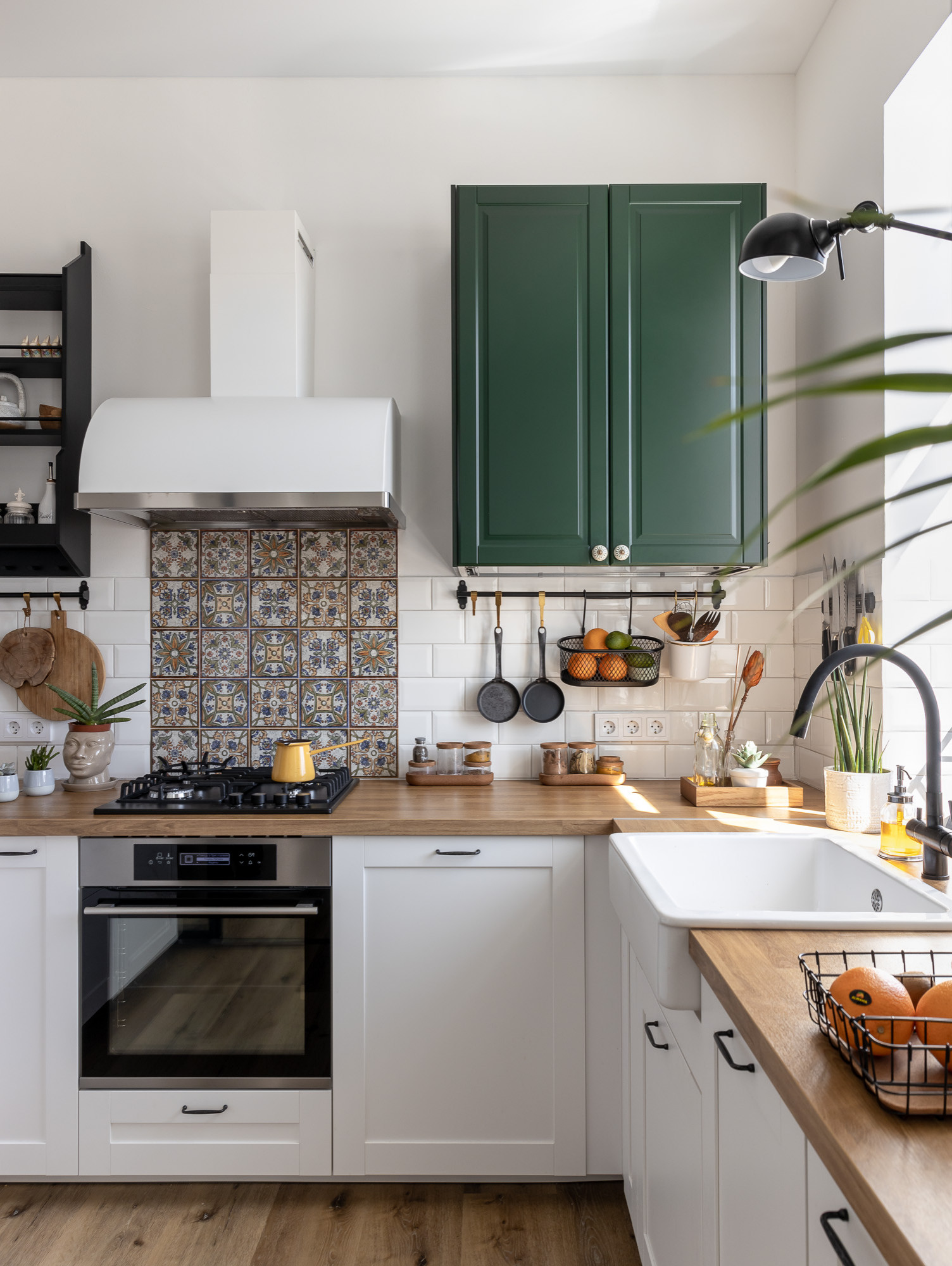
Reconnect the Drain Pipe:
Reconnect the drain pipe to the trap assembly using slip-joint pliers. Ensure that the slip nuts are tightened securely but not over-tightened, as this may cause damage or leaks.
Test for Leaks:
Turn on the water supply and check for any signs of leakage. Allow the water to flow for a few minutes to ensure that the repair has been successful. Inspect the drain components and connections for any visible leaks. If any leaks are detected, tighten the connections as needed.
Clean Up:
Once you have confirmed that the repair is successful and there are no leaks, clean up any residual water or debris around the sink area. Dispose of any old gaskets, plumbers’ tape, or other waste properly.
How to use kitchen sinkd
The kitchen sink is an essential component of any kitchen, serving as a central hub for numerous activities. From cleaning dishes to food preparation, understanding the proper usage and maintenance of a kitchen sink drain can optimize efficiency and functionality.
Basic Sink Usage Techniques:
- Careful Dishwashing: Use warm water and dishwashing liquid to thoroughly clean your dishes. Be mindful of delicate glassware or fragile items to avoid accidental damage. Rinse dishes well to remove any residual soap.
- Food Scraps and Debris: Scrape off food scraps and debris into a compost bin or garbage can before washing dishes. Avoid letting large quantities of food waste go down the drain, as it can lead to clogs and plumbing issues.
- Proper Drain Use: Use a drain strainer or stopper to catch food particles and prevent them from going down the drain. Regularly clean the strainer to maintain proper drainage and prevent clogs.
- Hot and Cold Water: Use a mixture of hot and cold water when washing dishes. Hot water aids in cutting through grease and residues, while cold water helps conserve energy.
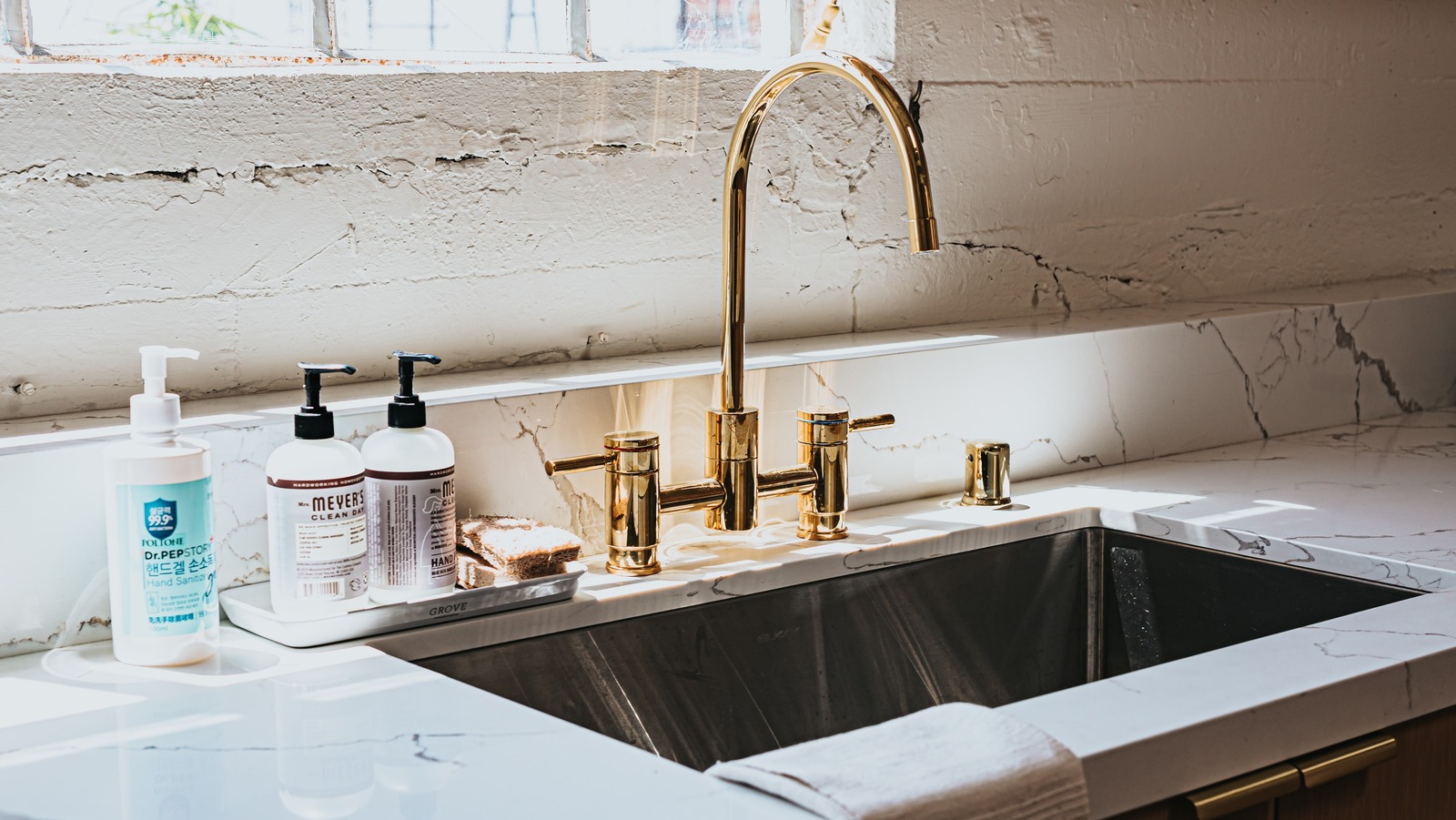
Sink Maintenance and Cleaning:
- Regular Cleaning: Clean your sink regularly to maintain its cleanliness and prevent the buildup of stains or odors. Use a mild abrasive cleaner or a mixture of baking soda and water to scrub the sink. Rinse thoroughly and dry to prevent water spots and mineral deposits.
- Avoid Harsh Chemicals: Avoid using harsh chemicals or abrasive cleaners that can damage the surface of the sink. Opt for non-toxic and eco-friendly cleaning products whenever possible.
- Calcium and Stain Removal: For hard water stains or calcium deposits, use a mixture of vinegar and water or a dedicated calcium remover. Apply the solution and let it sit for a few minutes before scrubbing and rinsing.
Maintaining Proper Hygiene:
- Handwashing: Use your kitchen sink to wash your hands regularly, especially before handling food. Follow proper handwashing techniques, ensuring you clean all surfaces of your hands with soap and warm water for at least 20 seconds.
- Cross-Contamination Prevention: Avoid cross-contamination by properly separating raw meats, poultry, and seafood from other food items. Use separate cutting boards, utensils, and dishwashing areas to prevent the spread of harmful bacteria.
Sink Maintenance Tips:
- Preventing Clogs: Avoid pouring grease, oils, or large quantities of food waste down the drain to prevent clogs. Dispose of these items in the trash or recycle as appropriate.
- Regular Plumbing Checks: Regularly inspect the sink’s plumbing, including pipes and connections, for any signs of leaks or damage. Address any problems promptly to prevent water damage and larger plumbing issues.
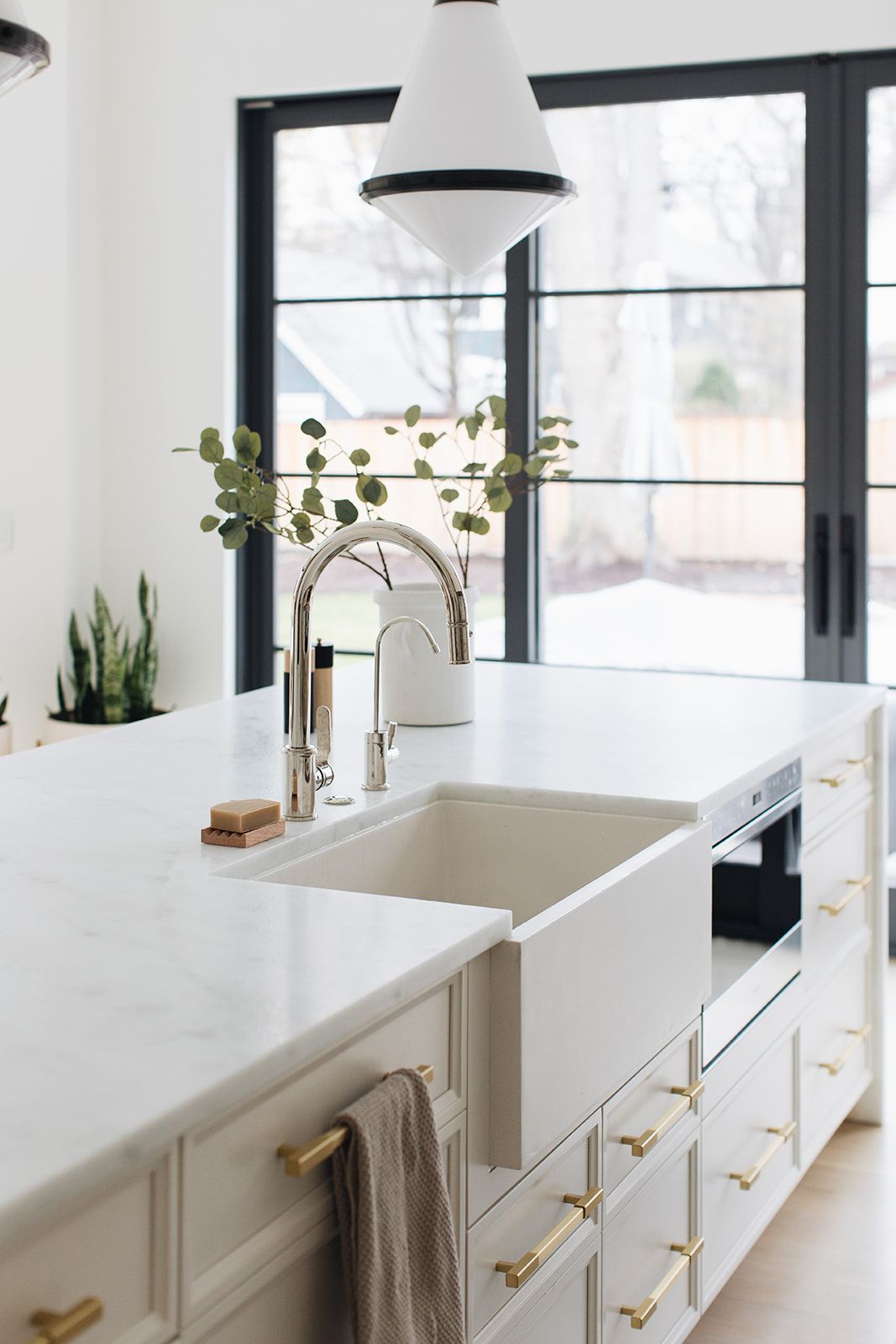
Conclusion:
Repairing a leaking kitchen sink drain is a manageable task that can be accomplished with the right tools and techniques. By following this step-by-step guide, you can successfully fix a leaking drain and prevent further damage or inconveniences in your kitchen. Remember to exercise caution, shut off the water supply, and consult a professional if needed. With a properly repaired drain, you can enjoy a functional and leak-free kitchen sink once again.
